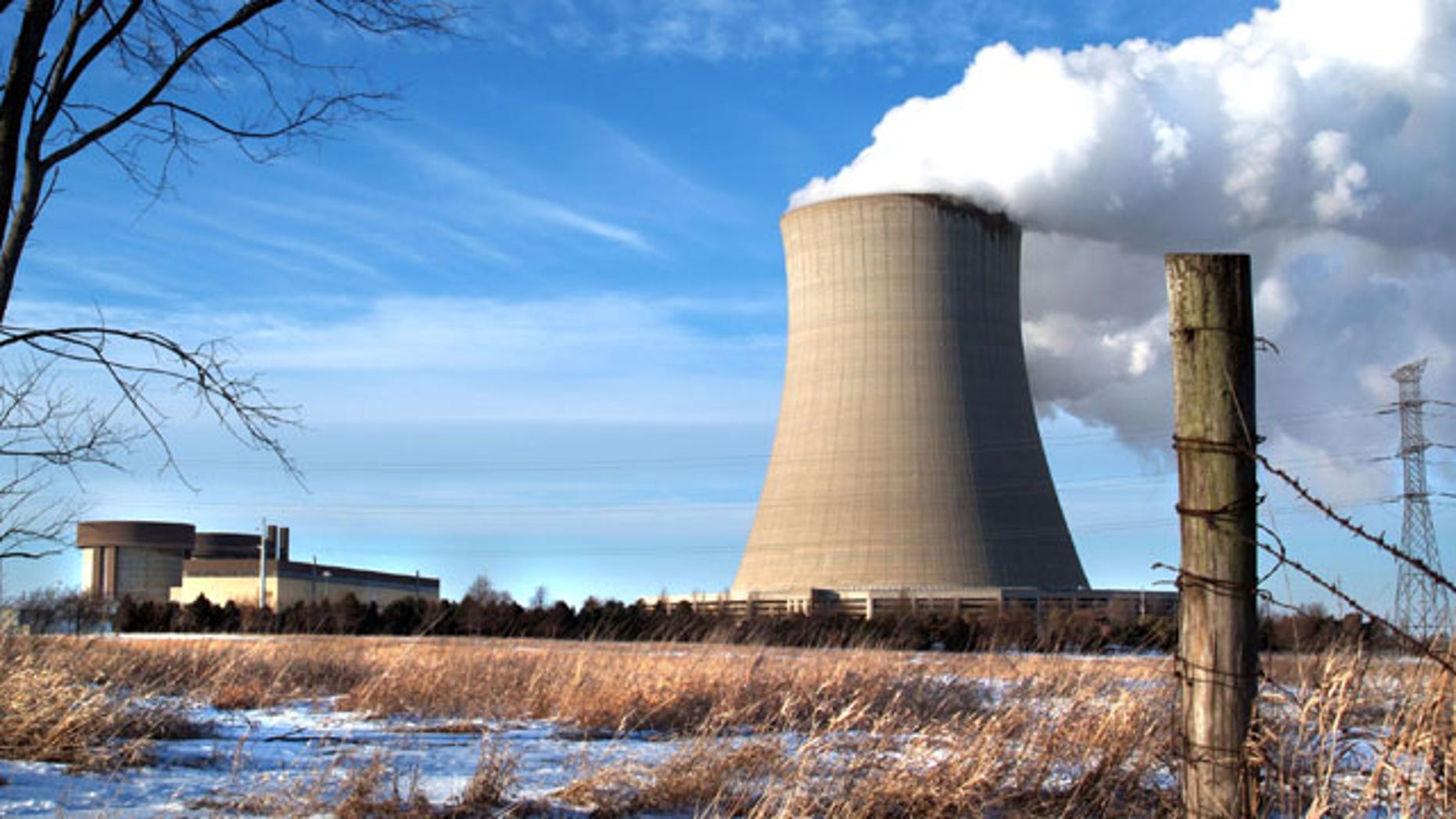

The results are reported in the Special Environmental Radiation in Canada Report on Fukushima Accident Contaminants and summarised in the Summary Report on Fukushima Contaminants in Canada. The impact on Canada was assessed in detail. As the lead department of the Federal Nuclear Emergency Plan, Health Canada convened the multi-departmental Technical Assessment Group to provide coordinated situational assessment to the government response.Įxtensive radiological monitoring was conducted in Canada as part of Canada's radiation surveillance programs. In response to the Fukushima Daiichi accident, many Canadian federal departments activated their emergency plans and emergency operations centres. This resulted in the release of radioactive material into the environment, prompting local evacuations and public health and safety measures globally as low levels of radioactive contaminants were detected worldwide. And here's the most incredible video I've found of the tsunami rushing into Sendai, taken from a helicopter.On March 11, 2011, an earthquake caused a tsunami that killed over 20,000 people and triggered a severe nuclear accident at the Fukushima Daiichi Nuclear Power Plant in Japan. And about 30 seconds into this video are incredible images of what appears to be the Chiba petrochemical refinery and storage complex on fire. Here's some interesting news video of the Fukushima site before and after the explosion. This should also be an opportunity for Westinghouse, which has designed the third-generation AP1000 reactor to shut down safely even in the event of complete loss of electric power.

Rebuilding reactors could be a boon for the likes of General Electric (which designed the Fukushima reactor) as well as French nuclear giant Areva. But it's absolutely clear that the loss of so much nuclear power generation across Japan will result in a big uptick in demand for liquified natural gas imports. With this situation still in flux, it's hard to think too far ahead right now. The anti-nuclear Nuclear Information & Resource Services states that the type of reactor used at Fukushima has been known for years to have containment weaknesses.
JAPAN REACTOR MELTDOWN UPDATE
The American Nuclear Society blog has a page here with links to update sites operated by Tokyo Electric Power, the Nuclear Energy Institue and others. Though the area was small and the evacuation was called 'precautionary,' the fact is that ordering several thousand more people into motion during the immediate aftermath of a major earthquake and tsunami is something that no government would do if it could possibly help it." Nuclear Regulatory Commission Peter Bradford said, "An early tipoff that Japanese authorities felt that events at Fukushima were very serious was the ordering of an evacuation within a couple of hours of the earthquake. In a statement this afternoon, former member of the U.S. Cesium and strontium cause a number of different kinds of cancer and remain dangerous for hundreds of years plutonium causes lung cancer as well as other types of cancer and remains deadly for hundreds of thousands of years."ĭespite alarmist reports, it's unlikely that the disaster will reach the level of Chernobyl because the Fukushima reactor has a steel containment structure surrounding the nuclear fuel, and it appears that at least for now the engineers will be able to cool the fuel by pumping seawater into the reactor. Radioactive iodine caused thousands of cases of thyroid cancer in children after the Chernobyl accident. From a public health perspective, the most important isotopes are short-lived isotopes of iodine (like Iodine-131), Cesium-137, Strontium-90, and possibly Plutonium-239. In an email statement this afternoon, Ira Helfand, member of Physicians for Social Responsibility writes that, "After one year of operation, a commercial nuclear reactor contains 1000 times as much radioactivity as was released by the Hiroshima bomb. This could prevent a worse disaster, but is still highly dangerous, even if winds blow most of the radioactive material out to sea.

The most recent reports this evening indicate that venting of gas is imminent. has said it plans to vent gas from the containment structures-reducing dangerous pressures, but releasing radiation into the air. According to reports only three of the six Fukushima reactors were in operation when the earthquake hit.


 0 kommentar(er)
0 kommentar(er)
